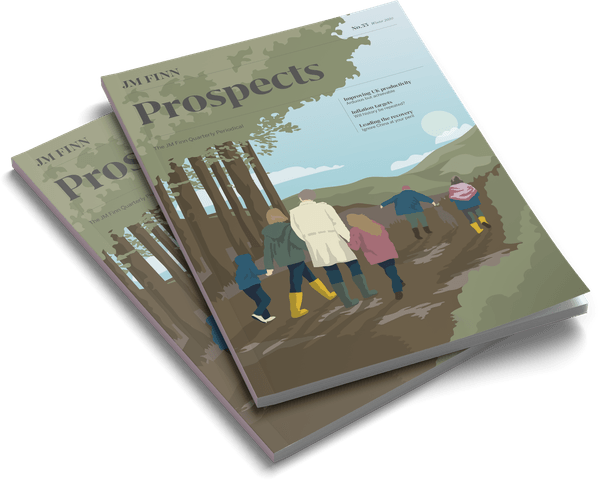With a somewhat slower response time, the government’s National Savings and Investments (NS&I) is now cutting its rates as well.
So that begs the question … “what to do with short term cash?” In our experience, clients have often tended to invest “rainy day” funds with NS&I. Sometimes we have seen clients explain significant cash deposits, as a much need safety net, as discussed by Clare Julian in our Wealth Planning article. We expect the drop in rates may well be matched by a resignation that at least the cash is safe. At the same time, we suspect that many will be exasperated by the effectively zero returns which, by the way, are negative after inflation.
Can we do better? With ten years gilts paying 0.2%, you could buy those and take the upside if rates go lower. Recently members of the Bank of England’s Monetary Committee have all been publically airing their thoughts about negative rates. Gilt prices should climb higher on negative base rates, but then you carry the risk of rates increasing and effectively locking in 0.2% per annum when, by waiting, you could have got more.
With ten years gilts paying 0.2% you could buy those and take the upside if rates go lower.
Index-linked gilts might help, particularly for higher rate tax payers. If, as we expect, we get a weak central bank response to inflation then the net of higher inflation boosting returns and lower than expected interest rates could provide a platform of support. The risk, as I see it, is that quite high retail price index (RPI) expectations of c.3% are implied by the current prices.
Some argue that high inflation expectations of 3% are driven by very high demand for index-linked gilts from pension funds, in their efforts to hedge out inflation risk.
The date of RPI reform has been confirmed as 2030
Now that the date of RPI reform has been confirmed as 2030, it is possible to more confidently buy index-linked gilts beyond 2025 without the fear that the Chancellor might advance the likely date of reform from 2030 to 2035 and expropriate tens of billions of pounds from investors for the benefit of the UK’s public accounts.
The alternative for cash seeking a short-term home is to allow us to suggest a combination of asset classes that typically display less volatility than equities, namely government and corporate issued debt, multi-asset and total return funds and other alternative asset classes, such as infrastructure, property and commodities, such as physical gold. The allocations would be determined by each individual’s risk appetite and other factors, such as the investor’s investment time horizon. Additionally there is scope for optimising net-of-tax returns with capital gains in excess of the annual allowance being taxed at lower rates than income tax.
Illustration by Adam Mallett




